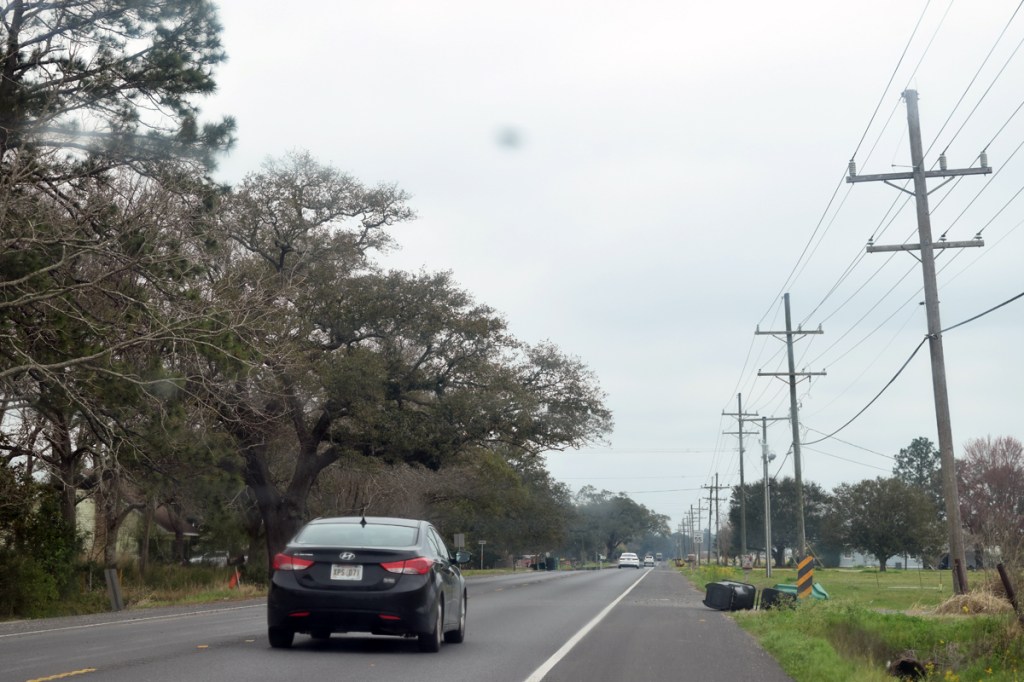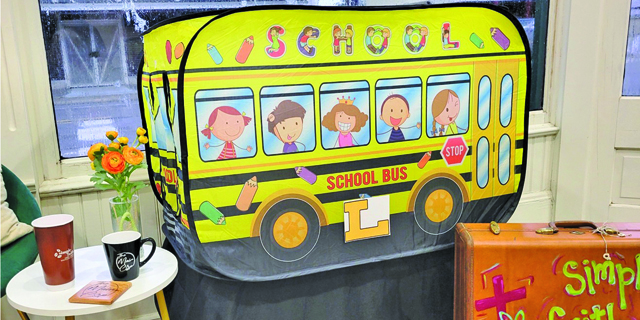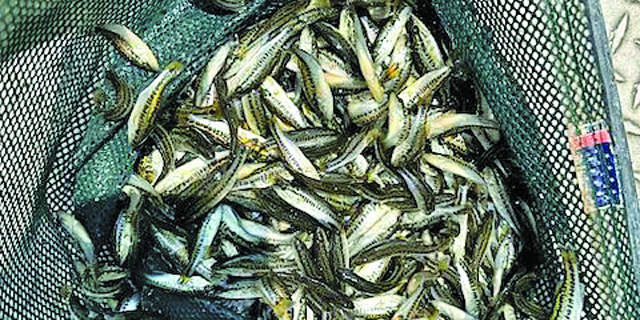Getting around Iberia an issue for those without cars
Published 8:00 am Sunday, February 14, 2021

- For many in Iberia Parish, transportation is a lingering issue.
Whether it’s an accident, a flat tire or simply putting it into the shop for service, most Teche Area residents have experienced the uncomfortable feeling of not having a car.
For a place like Iberia Parish where the average commute is 24.4 minutes, not having an automobile to come and go as you please suddenly leaves you with very limited options in how you can accomplish the most basic activities.
Trending
South Louisiana, like many rural areas across the country, is heavily dependent on automobile transportation to go to work, bring kids to school and perform basic tasks like going to a grocery store.
Most residents have their day-to-day lives centered in and around their car. But with a population that is aging, what happens when a person can no longer afford or have access to an automobile in a region that is so heavily dependent on it?
Iberia Council on Aging Director Carol Whipp said it’s a big problem that isn’t talked enough about.
The COA is one of a few non-profit organizations within Iberia Parish that receives grant funding specifically for transporting people who do not have access to automobiles.
“The parish does not have any real public transportation. When it was offered a few years back there wasn’t a good response,” Whipp said. “You’ve got communities like New York or Texas that are used to riding buses, but people here are used to driving cars.”
For many without access or ability to drive a vehicle, south Louisiana hospitality is often relied upon. Having a friend or family member who can drive one certain places is an easy remedy for some, but not having a reliable transit system like in bigger metropolitan areas can prove detrimental.
Trending
The Council on Aging’s main mission is to deliver food to elderly people who sign up for the service. Before COVID-19, most of those clients were able to go to a designated COA meal site, but after the pandemic hit the COA has been delivering meals straight to homes.
The COA also had vans that would deliver food and also provide transportation for people to make medical trips or grocery store visits.
However, since the pandemic hit Whipp said COA does not have the personnel to drive the routes that used to be available for COA clients.
“We would fulfill the basic things first and then if it was on the route we would provide transportation to grocery stores and things like that,” Whipp said. “That’s what we’re hoping to do when the van gets backs up.”
Another non-profit tasked with helping with transportation is SMILE Community Action Agency, which provides weekday demand response service for medical and social service appointments, employment, job training/education programs, as well as grocery stores in Iberia Parish.
One of SMILE’s main focuses is people who need transportation for medical appointments but don’t have the convenience of reliable transportation.
SMILE COO Freddia Ruffin-Roberson said the organization contracts with several transportation companies to provide residents in the area a way to get to medical obligations like dialysis appointments as well as grocery stores and other things.
“Non-medical emergency transportation is what we do mainly,” Ruffin-Roberson said.
Logisticare, which SMILE contracts with, is said to be the nation’s largest manager of non-emergency medical transportation. LogistiCare manages more than 63 million rides annually in 50 states and the District of Columbia.
While those types of services go a long way for those who need medical services but lack transportation, SMILE also sees a need for more.
“There is a great need for transportation here,” Ruffin-Roberson said. “We’ve been trying to develop relationships with institutions like SLCC (South Louisiana Community College) to pick up people from New Iberia to the campus.”
For both SMILE and the COA, transportation is centered around essential services. In part two of this three part series, The Daily Iberian will look at the grants available to these organizations and how they compare with surrounding communities.




